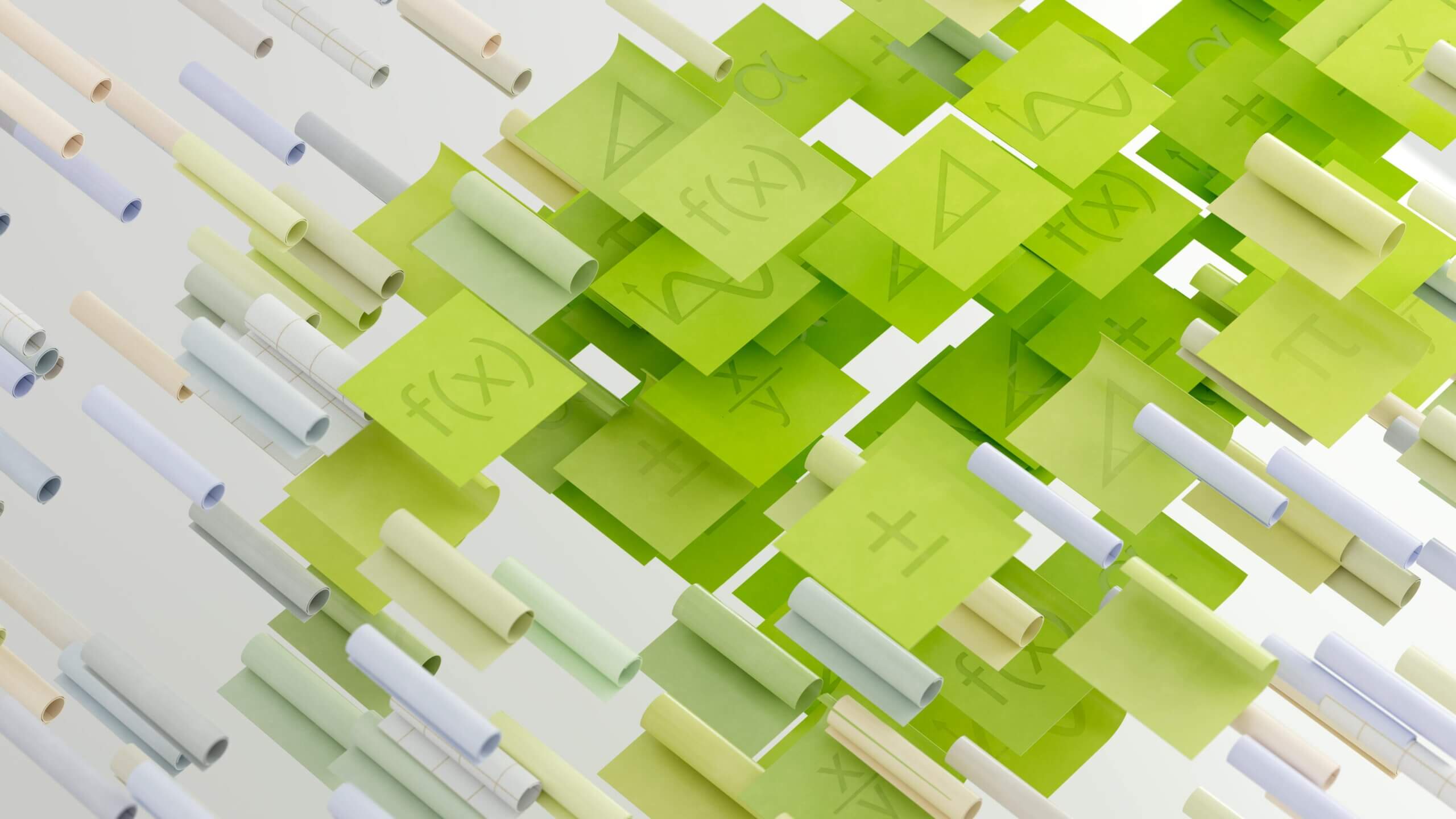Depreciation refers to the reduction in value of an asset over time, primarily due to wear and tear.
For luxury vehicles, depreciation is a crucial aspect to consider, as these high-value assets can experience significant value loss. Understanding car depreciation limits helps in assessing the vehicle’s current worth and making informed financial decisions.
This guide provides a step-by-step approach to calculating the luxury car depreciation limit.
6 Simple Steps To Calculate Depreciation For Luxury Vehicles
Step 1. Understand the concept of depreciation
Depreciation is the process of allocating the cost of a tangible asset over its useful life. For vehicles, this means the amount of value a car loses each year due to factors like age, mileage, and overall condition.
Luxury vehicles, despite their high initial cost, tend to depreciate faster than standard vehicles due to their higher purchase price and potentially higher maintenance costs. Additionally, it’s important to consider information on BIK rules, which can significantly affect the overall cost of owning a luxury vehicle for business purposes. Familiarizing yourself with BIK regulations will help you understand the tax implications associated with company cars.
Step 2. Determine the initial cost
The first step in calculating depreciation is to establish the initial cost of the luxury vehicle. This includes the purchase price plus any additional expenses such as taxes, registration, and dealer fees.
Suppose you purchase a luxury car for $80,000. If you add $2,000 for taxes and fees, the total initial cost would be $82,000.
Step 3. Estimate the useful life of the vehicle
The useful life of a vehicle is the period over which it is expected to be used before it is considered outdated or too costly to maintain. Luxury vehicles generally last around 5 to 10 years, depending on the brand, model, and how well they are maintained.
If you estimate the useful life of the luxury vehicle to be 7 years, you will use this time frame to calculate its depreciation.
Step 4. Calculate the depreciation expense
There are several methods to calculate car depreciation limits, but the most common ones are the straight-line method and the declining balance method.
The straight-line method spreads the cost of the vehicle evenly over its useful life.
Formula:
Straight-line depreciation = (Cost – Salvage value) / Useful life
- Initial cost: $82,000
- Residual value: The estimated value of the vehicle at the end of its useful life. For luxury vehicles, this could be around 20% of the initial cost. In this case, 20% of $82,000 is $16,400.
- Useful life: 7 years
Calculation:
Straight-line depreciation = ($82,000 – $16,400) / 7 years
Straight-line depreciation = $65,600 / 7 years
Straight-line depreciation = $9,371.43 per year
Therefore, the annual straight-line depreciation expense for this vehicle is approximately $9,371.43. This means that over the course of 7 years, the book value of the vehicle will decrease by $9,371.43 each year, reflecting the decrease in its value.
The declining balance method calculates depreciation based on the book value of the vehicle at the start of each year, applying a fixed percentage.
Formula:
Depreciation expense = (Beginning book value) x (Depreciation rate)
Assume a depreciation rate of 20% per year.
Year 1 calculation:
Depreciation Expense=82,000×0.20=16,400\text{Depreciation Expense} = 82,000 \times 0.20 = 16,400
Depreciation Expense=82,000×0.20=16,400
For subsequent years, subtract the previous year’s depreciation from the book value:
Year 2 calculation:
Book Value=82,000−16,400=65,600\text{Book Value} = 82,000 – 16,400 = 65,600Book Value=82,000−16,400=65,600
Depreciation Expense=65,600×0.20=13,120\text{Depreciation Expense} = 65,600 \times 0.20 = 13,120
Depreciation Expense=65,600×0.20=13,120
This process continues until the book value approaches the residual value.
Step 5. Account for mileage and condition
Luxury car limits often are higher if they accumulate high mileage or are in poor condition. Therefore, it’s important to adjust the depreciation calculation to reflect these factors.
If a luxury vehicle with an estimated useful life of 7 years has high mileage, it might depreciate more rapidly than initially estimated. This adjustment can be incorporated by using a higher depreciation rate or adjusting the residual value downward.
Investing in essential tools like a jumper box can save you from unexpected battery issues and minimize wear and tear caused by improper handling during emergencies.
Step 6. Monitor and adjust
Regularly monitor the vehicle’s market value and condition. Adjust the depreciation calculations as necessary to reflect changes in the vehicle’s condition, market trends, and economic factors.
If the market value of the luxury vehicle drops significantly due to a sudden increase in similar used cars, you may need to adjust your depreciation calculations to match the current market conditions. To learn more about managing vehicle depreciation, consider seeking expert advice or resources that cover various types of vehicles, including boats or any other vehicles, as they often have different depreciation models.
Conclusion
Accurately calculating depreciation limits for luxury cars involves understanding the initial cost, estimating the useful life, selecting the appropriate depreciation method, and considering factors like mileage and condition.
By following these steps, you can assess the true value of your luxury vehicle and make informed decisions regarding its use, sale, or trade-in.





